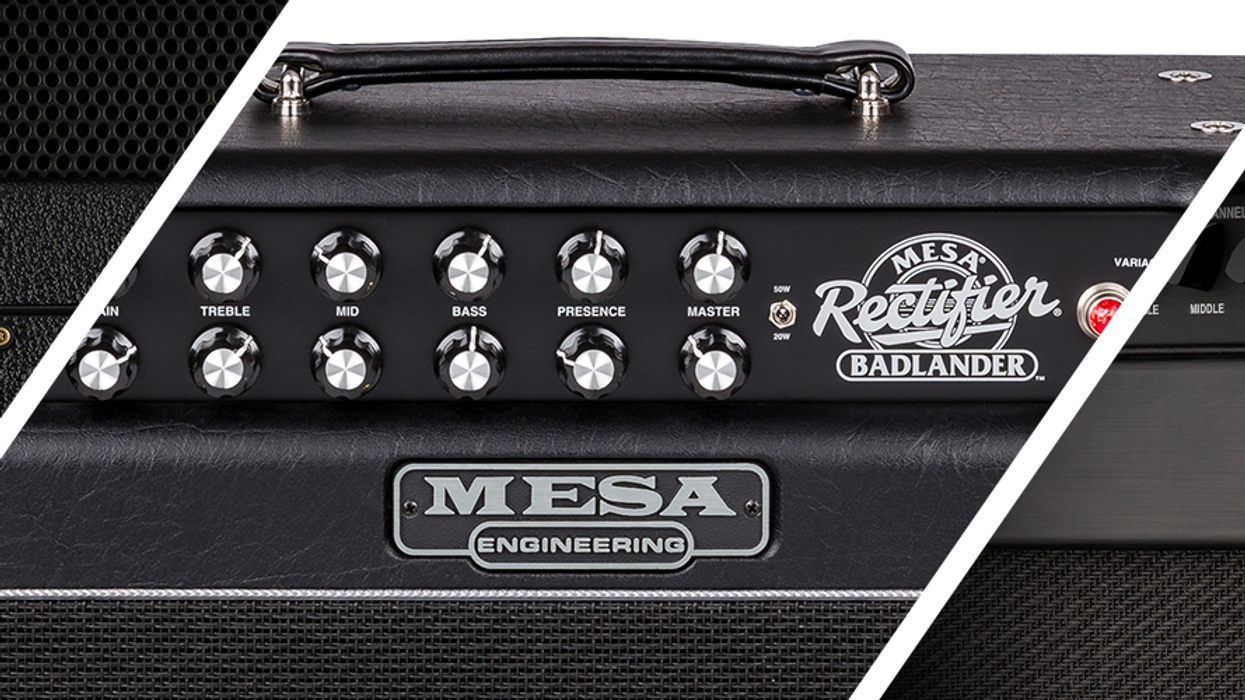In the 1920s, Chicago-based Slingerland Banjo Company was one of the largest manufacturers of banjo ukuleles. Slingerland is best known to collectors of banjo ukuleles as the maker of the Maybell line of instruments. The company also made a variety of other stringed instruments under this name, such as traditional banjos, banjo mandolins, guitars, and mandolins. Most of them were conservative in appearance and modestly priced, although Slingerland also made some very fancy and elegant instruments.
In later years, Slingerland started to make drums and at that time the company’s name changed to Slingerland Banjo and Drum. Yet to follow was another name change in the 1930s to The Slingerland Musical Instrument Manufacturing Company.
Over the years, I’ve seen an assortment of banjo ukuleles of different grades, and the Maybell line remains one of my favorites. The neck and rims were crafted out of maple. Some were lightly stained and then sealed with a thin topcoat of clear nitrocellulose, and designed with a 7" or 8" head. Some fretboards were stained and others were made of rich ebony with dot or diamond mother-of-pearl inlays. The rare instrument has an assortment of nicknames, including “banjo uke” and “banjolele.”
With an overall length of 20 1/2", the Maybell banjo uke that came into my shop for restoration has a 13 1/8"-scale fretboard with a 1 1/4" nut, 16 frets, and three pearl-dot fretboard inlays. The instrument sports friction tuners and a calfskin head. The 7" diameter laminated maple rim is 7/16" thick and 2 1/2" deep, and the tension hoop secures the head with 12 bracket hooks. It’s interesting to note that the 7" rim provides room for the 16th fret. Maybell banjo ukes with 8" rims have only 15 frets.
The tension hoop had taken a blow at some point, and it was my job to work those kinks out. I loosened the 12 bracket hooks using a 1/4" bracket hex wrench (a nickel-plated steel tool for installing and tightening banjo heads) and removed them carefully to avoid damaging the original calfskin head. As I removed the head I saw its underside was stamped “White Mount – Calf – Selected – Slingerland Bros.”
After attaching a short-throw pipe clamp to my StewMac Ultimate Vise, I used a Deadblow fretting hammer to pound out the kinks in the tension hoop and correct its curvature. I then used X-Treem metal polish to clean the hoop and remove any corrosion before reattaching it to the instrument.
After cleaning the hoop brackets, I tightened them evenly until the head was firm but not overly tightened. To avoid tearing the calfskin head, I worked slowly and cautiously. As I tapped around the outer edge of the head, I discovered it consistently rang at F#.
Because the uke arrived without a bridge, I had to install a new one. I used a Grover Non-Tip 4-string banjo bridge that works well for ukulele banjo, once it’s trimmed correctly. After I removed wood from the waist and feet portion of the bridge, it fit the size and shape of the instrument nicely and allowed the strings to fan out from the tailpiece with a 1 1/4" width between the outer two. To cut string slots in the bridge, I used gauged nut-slotting files. I enjoyed shaping the bridge—it reminded me of when I use to trim violin bridges to give them a distinctive appearance.
There are a few different tunings and strings for banjo ukes. The customer requested a more standard format, so as you look at the nut from left to right, the strings are tuned G–C–E–A. These ukulele strings are made of crystal nylon and are gauged .025, .036, .032, and .021.
Information is extremely scarce on the Slingerland Maybell ukulele banjo. If anyone has info, please post it at premierguitar.com/may2011 in this article’s feedback section. I appreciate it!
 John Brown is the
inventor of the Fretted/Less
bass. He owns and operates
Brown’s Guitar Factory,
a guitar manufacturing,
repair, and restoration facility
staffed by a team of talented
luthiers. His guitar-tool and accessory designs
are used by builders all over the world. Visit
brownsguitarfactory.com or email John at
info@brownsguitarfactory.com.
John Brown is the
inventor of the Fretted/Less
bass. He owns and operates
Brown’s Guitar Factory,
a guitar manufacturing,
repair, and restoration facility
staffed by a team of talented
luthiers. His guitar-tool and accessory designs
are used by builders all over the world. Visit
brownsguitarfactory.com or email John at
info@brownsguitarfactory.com.






![Rig Rundown: Russian Circles’ Mike Sullivan [2025]](https://www.premierguitar.com/media-library/youtube.jpg?id=62303631&width=1245&height=700&quality=70&coordinates=0%2C0%2C0%2C0)

















